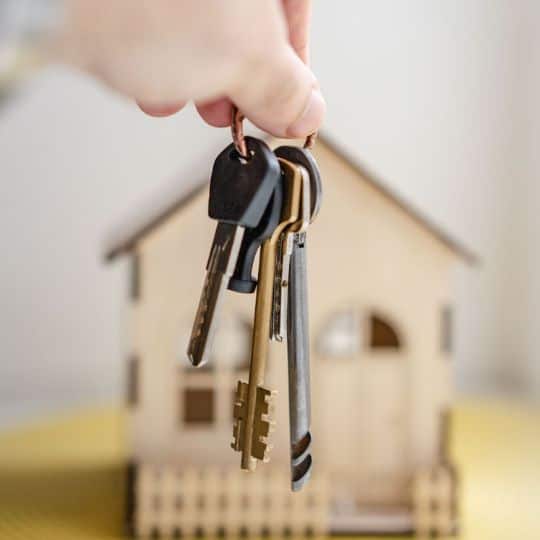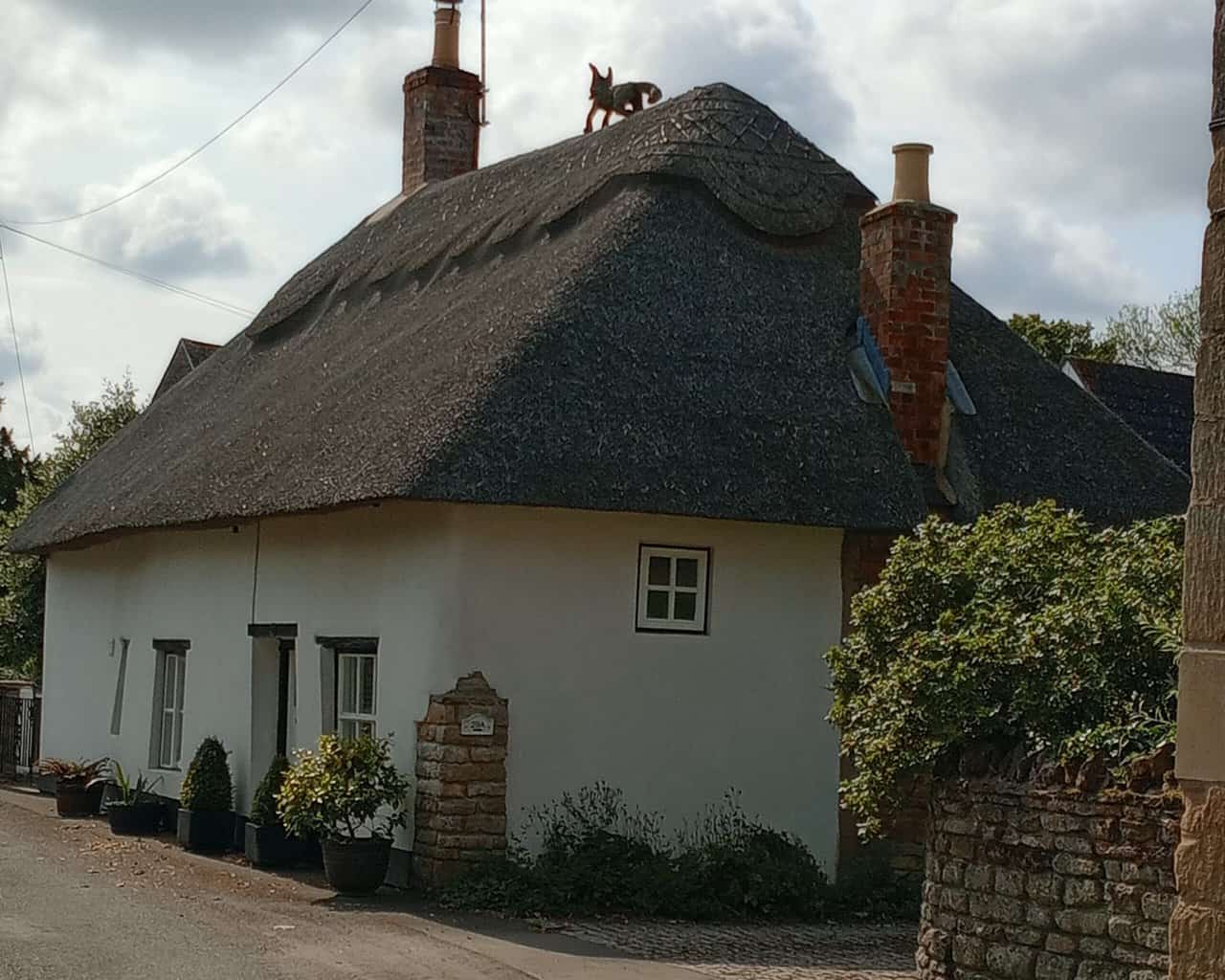
Are You Buying A Thatched Property – Things You Might Want To Consider
Table of Contents
If you’re thinking of buying a Thatched property, you’re likely drawn to the charm, tradition, and beauty of these unique homes. From the chocolate box appeal of a countryside Thatched cottage to the rustic elegance of an old farmhouse, these properties are undeniably attractive. But buying a thatched home is not like buying a modern brick house with a tiled roof—it comes with its own set of responsibilities, risks, and rewards.
Here’s everything you need to know before buying with all the key considerations, expert tips, and guide to thatched living you may ever need.
Things to Consider When Buying a Thatched Property

Thatch Roof Lifespan and Maintenance
A Thatch roof is beautiful, but it’s not maintenance-free. The lifespan of the roof varies based on the type of thatch used:
- Water Reed can last up to 50 years.
- Long Straw may last around 20–30 years.
- Combed Wheat Reed typically falls somewhere in between.
The ridge of the roof often needs replacement every 10–15 years. It’s crucial to plan for regular maintenance, especially to combat the growth of moss and algae, which can affect the longevity and insulation of the roof.
You will need to hire a Master Thatcher or a specialist Thatch Professional to inspect and repair the roof. Fixings and support structures may also need periodic updates.
Insurance for Thatched Properties
When it comes to house insurance, expect to pay higher insurance premiums. The cost of insurance for a Thatched home is often more than a standard property due to the elevated fire risk and specialist repair needs.
Insurance companies will require:
- A recent electrical installation condition report.
- Proof that the chimney has been swept.
- Compliance with modern fire safety standards, such as fire retardant materials and smoke alarms.
It’s important to investigate house insurance early. Work with insurers who specialise in Thatch, and always get more than one quotation for peace of mind.
Fire Safety and Chimney Precautions
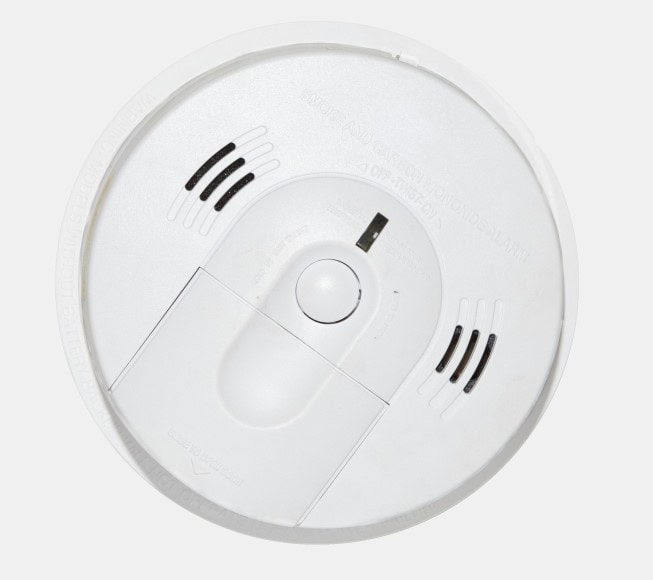
Fire is one of the biggest risks for thatched roof properties. To reduce fire risk, several steps are essential:
- Have your chimney swept at least twice a year by a qualified Chimney Sweep.
- Install Smoke Alarms in every room.
- Use Fire Retardant Spray to treat the thatch.
- Ensure your Flue is lined and in good condition.
The warmth of a real fire is lovely, but fires in Thatched homes can be devastating. Proper fire safety and insurance requirements must be followed.
Types of Thatched Roofs and Materials
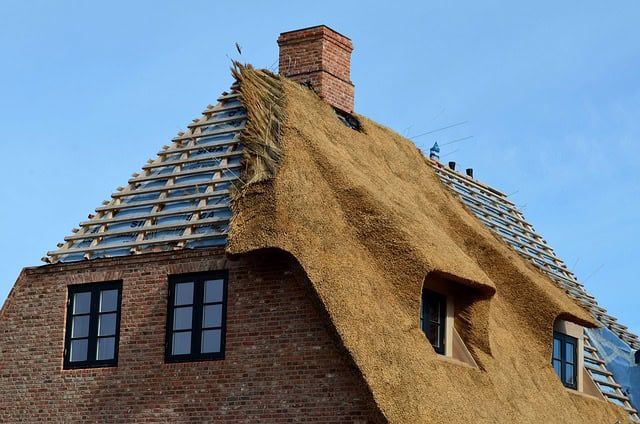
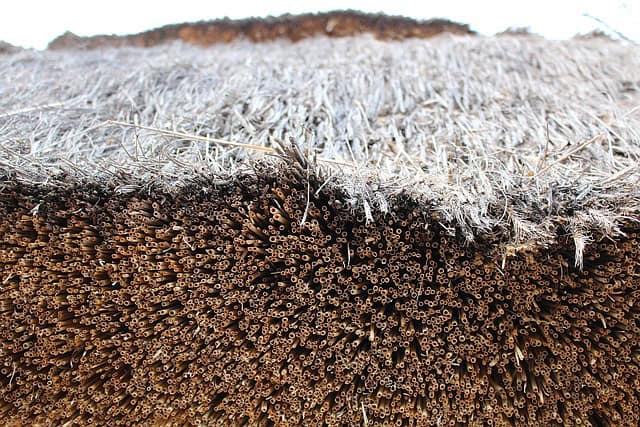
There are various types of Thatched roofs, and each has different implications for maintenance and cost:
- Water reed: Durable, more expensive, and longer-lasting.
- Long straw: Softer in appearance, needs more frequent attention.
- Combed wheat reed: Traditional in many thatched properties in England.
Discuss material options with a thatcher or seek help from the Thatch Advice Centre.
Planning, Listing, and Permissions
Many Thatched homes in the UK are listed properties, especially properties in England and Wales. If the property is listed or listed by English Heritage, you will need:
- A listed building consent for alterations.
- Approval from the local authority for roofing materials or changes.
- Expert guidance to preserve historical features.
Listed Thatched buildings have strict guidelines. Even changing the type of Thatch or making minor roof repairs may require permission.
Electrical Safety and Wiring
Wiring and Thatched roofs need extra care. Faulty electrics are a major cause of fires in such properties.
Before buying:
- Request a current Electrical Installation Condition report.
- Have an electrician familiar with thatched roof properties assess the system.
- Avoid Halogen lights and use LED fittings where possible.
Choosing the Right Insurance Companies
When buying a thatched property, it’s critical to work with Insurance Companies familiar with the risks of owning a Thatched home. Look for:
- Specialist insurance Brokers.
- Flexible insurance Policies tailored to thatched homes.
- Insurers that understand fire risk, chimney care, and thatch maintenance.
Relevant Information When Buying A Thatched Property
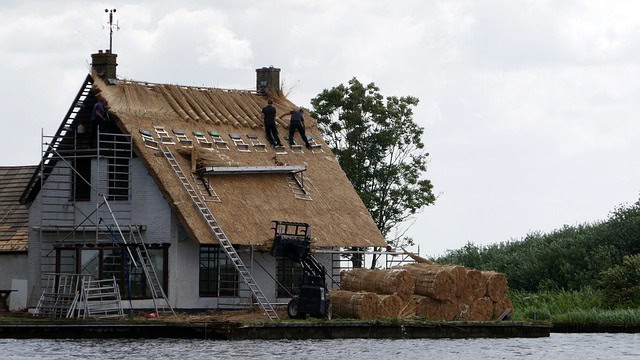
If you’re considering buying a thatched property, make sure you understand these essentials:
- The lifespan of the roof and materials involved.
- The importance of smoke alarms, chimney care, and fire-resistant materials.
- The role of a Thatcher and costs of maintenance.
- The legal and Insurance implications if the property is listed.
- The potential challenges of buying a home with a Thatch roof.
Living in a Thatched house is about embracing a lifestyle—one filled with tradition, character, and charm. It’s also about taking on responsibility, from regular maintenance to meeting insurance requirements.
Conclusion
If you are looking to buy a thatched home, consider all the factors mentioned above. A home with a Thatched Roof can offer warmth, beauty, and historic value. But it also requires commitment, care, and an understanding of what you’re taking on. From specialist insurance to working with a master Thatcher, from fire protection to house insurance costs, there’s a lot to weigh up. Yet, for many, the reward is worth it—a unique, historic, and welcoming cottage or Thatched home to treasure for years.

